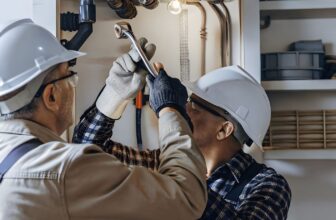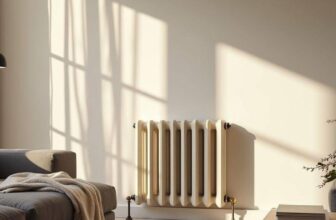
Keeping Your Home Cool and Comfortable All Year Round
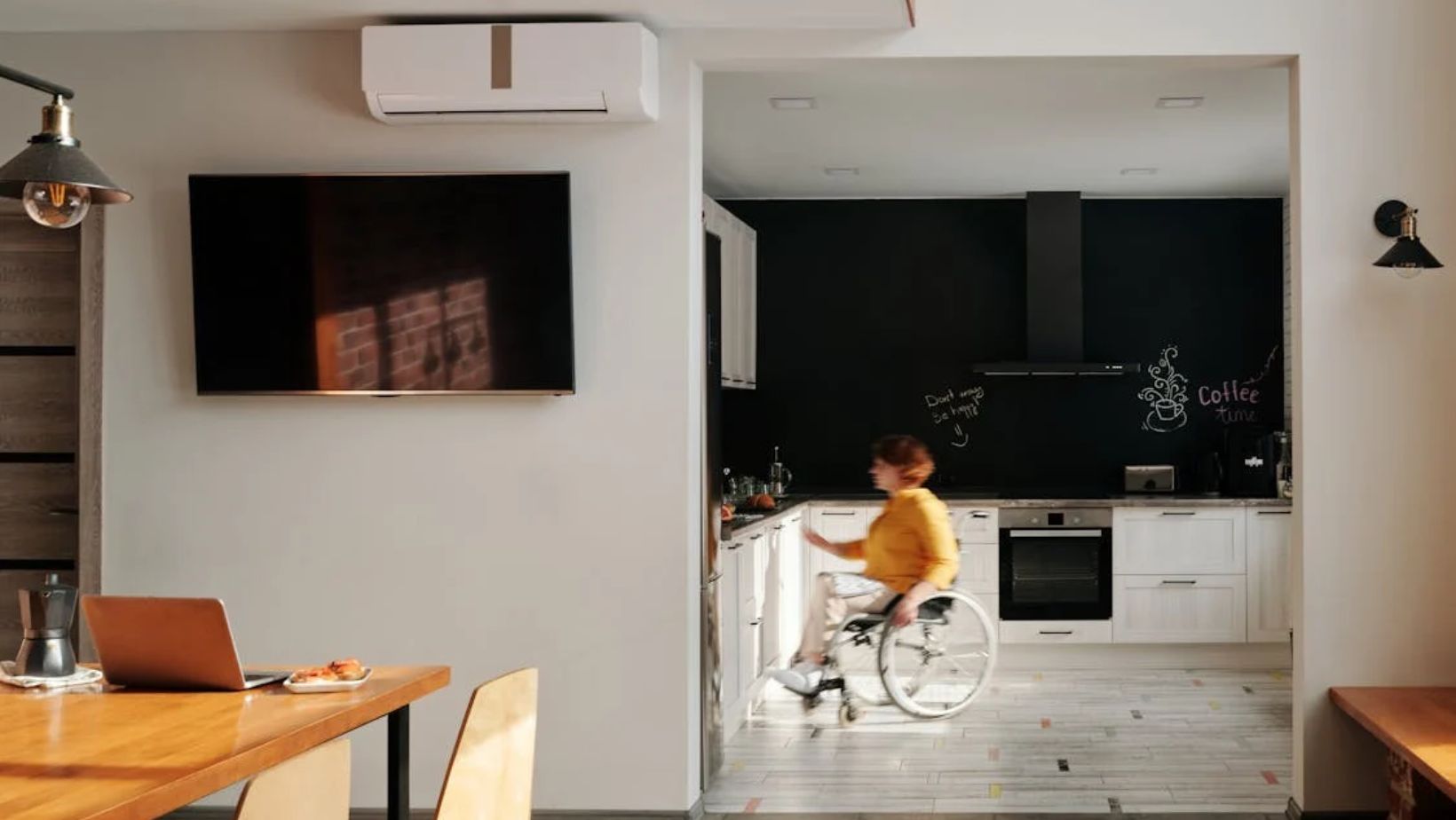
Your health and the lifetime of your house depend on keeping a comfortable inside climate all year long. Control of indoor temperature and air quality can significantly affect daily life, whether one is experiencing the chill of winter or the height of summer. Many homeowners battle to strike the ideal mix of comfort and energy economy, but with the correct techniques, you can design a living environment that stays comfortable all year.
Investing in professional air con services is one of the best methods to guarantee a consistent and comfortable house. Correctly installing, maintaining, and servicing heating and cooling systems can greatly improve indoor air quality and general efficiency. In addition to preventing unplanned malfunctions, a well-kept system lowers energy usage, saving monthly electricity expenditures. Many homeowners undervalue the need for frequent servicing, which results in performance problems that could have been readily avoided with routine inspections and cleaning.
Optimising Natural Ventilation For Enhanced Airflow
Maintaining fresh indoor air and lowering dependency on mechanical cooling systems depends on a well-ventilated house. Appropriate window, door, and ventilation point placement lets natural circulation cool the indoor space without running cooling systems too hard. Opening windows early in the morning or late in the evening helps clear heat during warmer months and lets fresh air flow through. Ceiling fans also improve air circulation and distribute cool air throughout rooms more fairly.
Changing window coverings and carefully closing gaps around doors and windows will help preserve warmth in colder months and stop drafts. Heavy curtains and thermal shades are good insulators, helping to lower heat loss and provide a comfortable indoor environment. Combining effective temperature control systems with natural ventilation helps homes maximise comfort and reduce energy consumption.
Energy-Efficient Strategies For Temperature Control
Changing energy-efficient behaviours can greatly affect your house’s comfort and help lower general costs. One such approach is using energy efficient windows and programmable thermostats, which automatically change indoor temperatures depending on your schedule. Smart thermostats learn home routines and adjust heating and cooling patterns, providing more control. A few degrees warmer in summer and lower in winter when nobody is home will help save a lot of electricity.
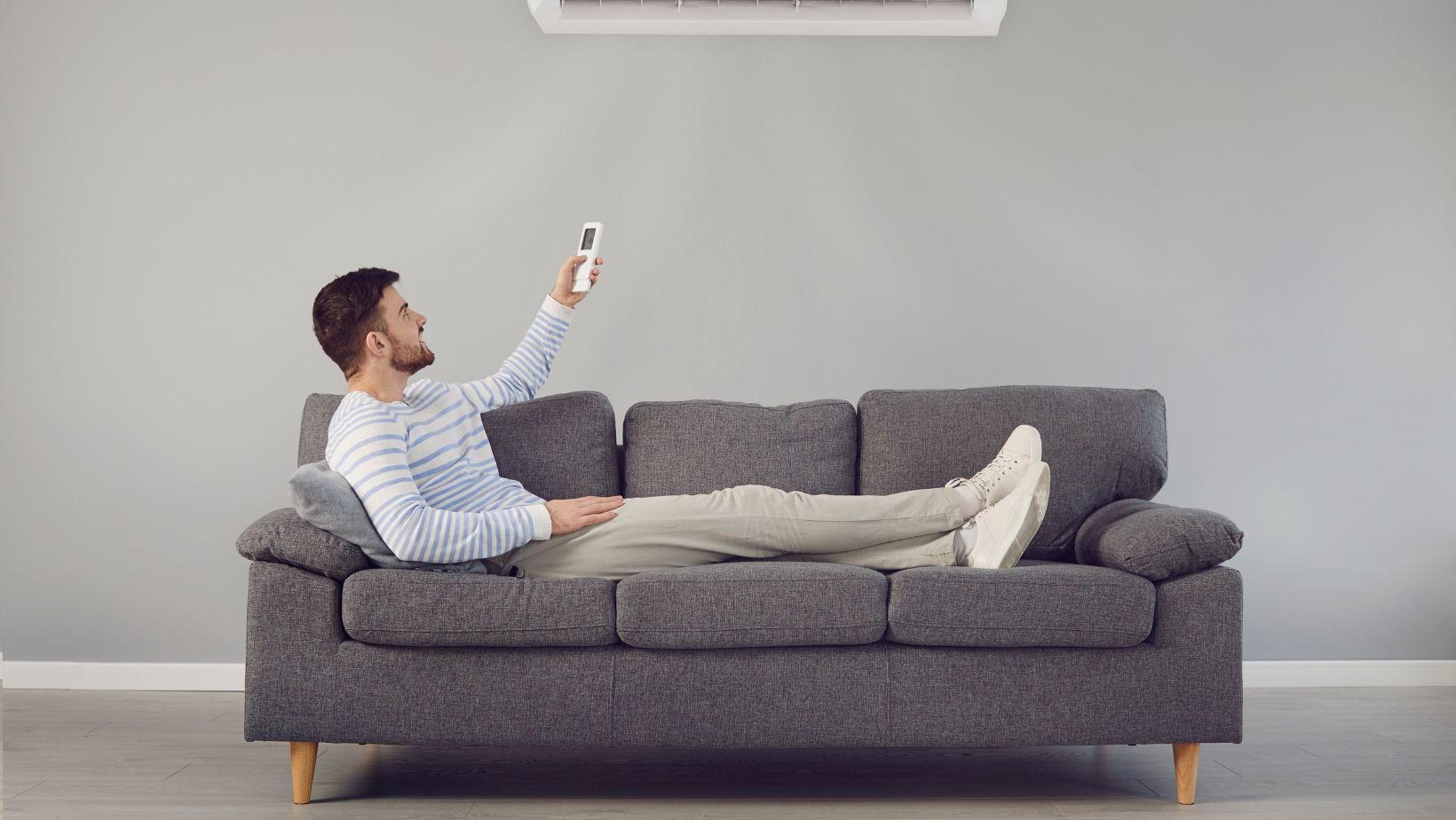
Insulating walls and attics also helps to stop heat transmission, thereby maintaining the temperature of interiors both in summer and winter. Stable indoor temperature also depends on duct sealing and ensuring that heating and cooling systems run at maximum efficiency. Regular system maintenance and filter changes help to guarantee that heating and cooling appliances run as they should without using too much energy.
The Part Correct Home Maintenance Plays
Beyond heating and air conditioning, numerous housekeeping chores help year-round comfort. While frequent roof inspections help avoid leaks and moisture problems in colder months, keeping outside walls clean and well-sealed stops unwelcome heat from entering during warmer seasons. By lowering heat absorption, landscaping decisions include tree placement for shade or reflective roofing material installation to help further control indoor temperatures.
Conclusion
Ensuring your house is comfortable all year long calls for energy-efficient methods, natural airflow techniques, and expert servicing. Investing in consistent upkeep and streamlining household activities will help you build an affordable and pleasant interior space.
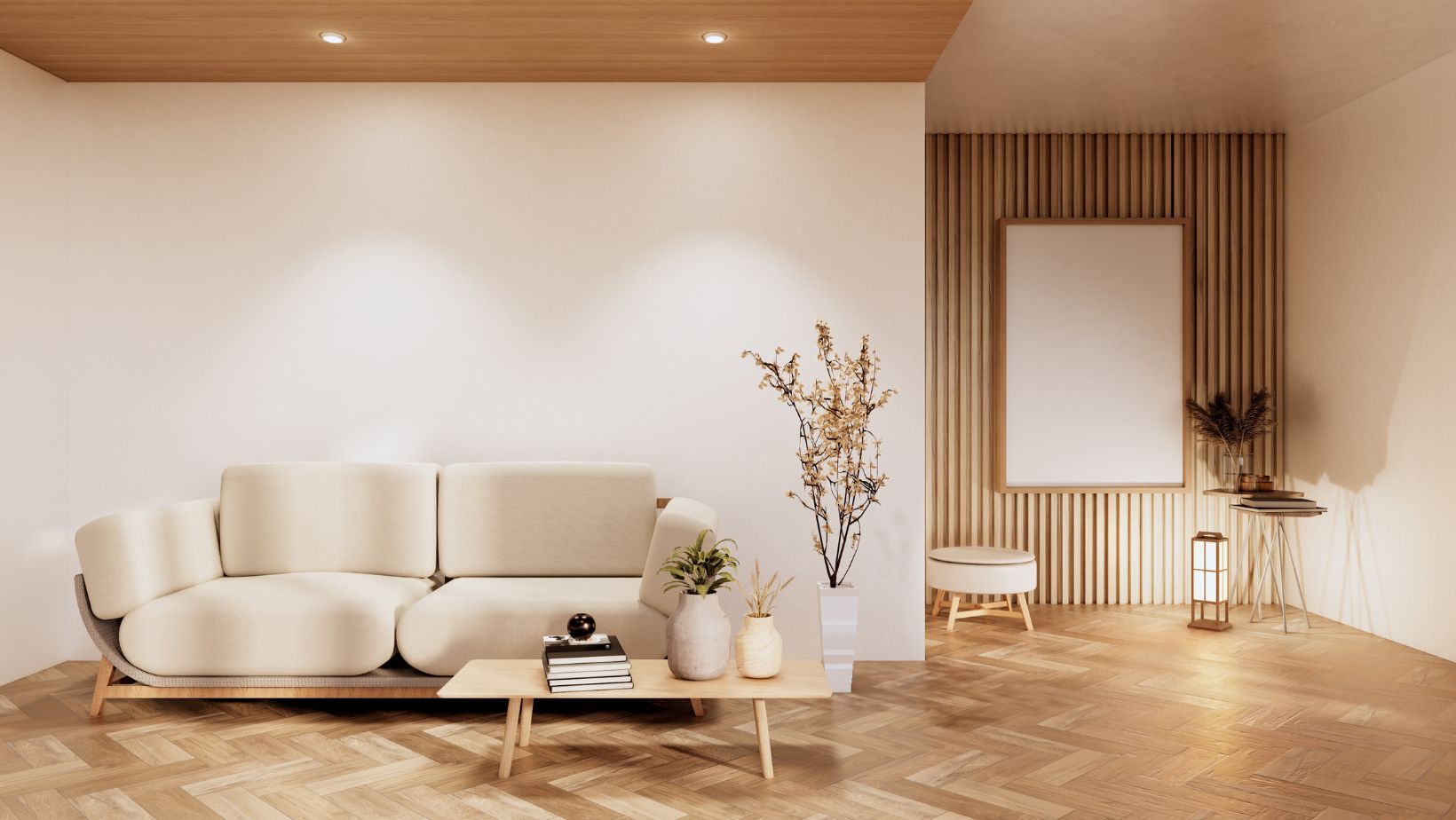
Maintaining a well-balanced house temperature will improve your whole quality of life, whether you aim to be cool in summer or warm in winter.
Image attributed to Pexels.com

